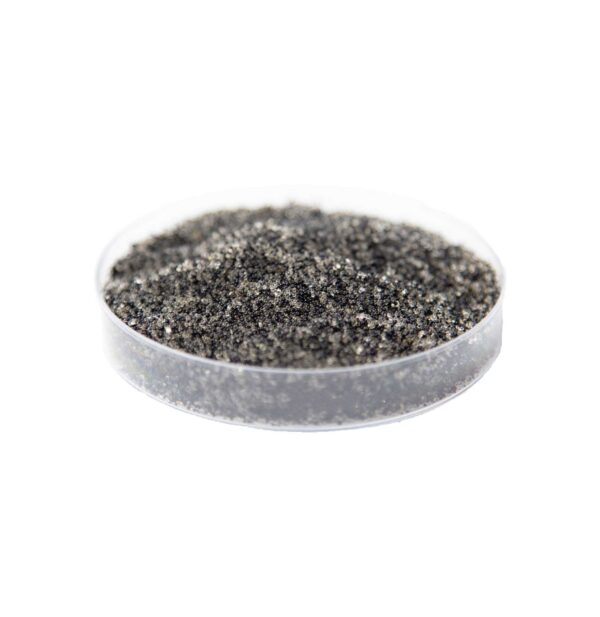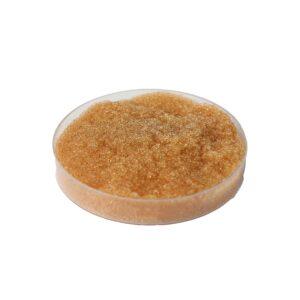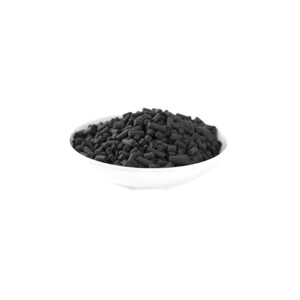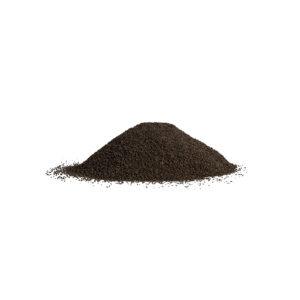Description
Mixed resins are used in a variety of applications, including
- Water softening: Mixed resins help soften the water by removing calcium and magnesium ions from the water. This helps prevent limescale formation and makes the water softer and more comfortable.
- Deionized water production: Mixed resins help produce deionized water by removing all ions present in the water. Deionized water is widely used in the electronics, laboratory and food industries.
- Waste water treatment: Mixed resins help wastewater treatment by removing pollutants from wastewater.
Mixed resins are a more efficient method of water treatment compared to using anionic and cationic resins separately. They also require less maintenance and operation.
Mixed resins have some advantages, which include the following:
- It is more efficient: They can remove more pollutants compared to using anionic and cationic resins separately.
- Requires less maintenance: They need to be regenerated less frequently than if anionic and cationic resins are used separately.
- It is more economical: They are more affordable than using anionic and cationic resins separately.
Mixed resins have some disadvantages, which include the following:
- It is more expensive: They are more expensive compared to using anionic and cationic resins separately.
- It takes up more space: They take up more space compared to using anionic and cationic resins separately.
Mixed resins are an effective method for water treatment. They can be used in a variety of applications and have many advantages compared to using anionic and cationic resins separately.







